Once you’ve had a big-block there’s just no going back!” That’s what West Aussie bank manager Peter Flint reckons. “When you step on it at 80km/h and all of a sudden you’re looking at letterboxes, there’s just nothing else like it.”
First published in the January 2007 issue of Street Machine
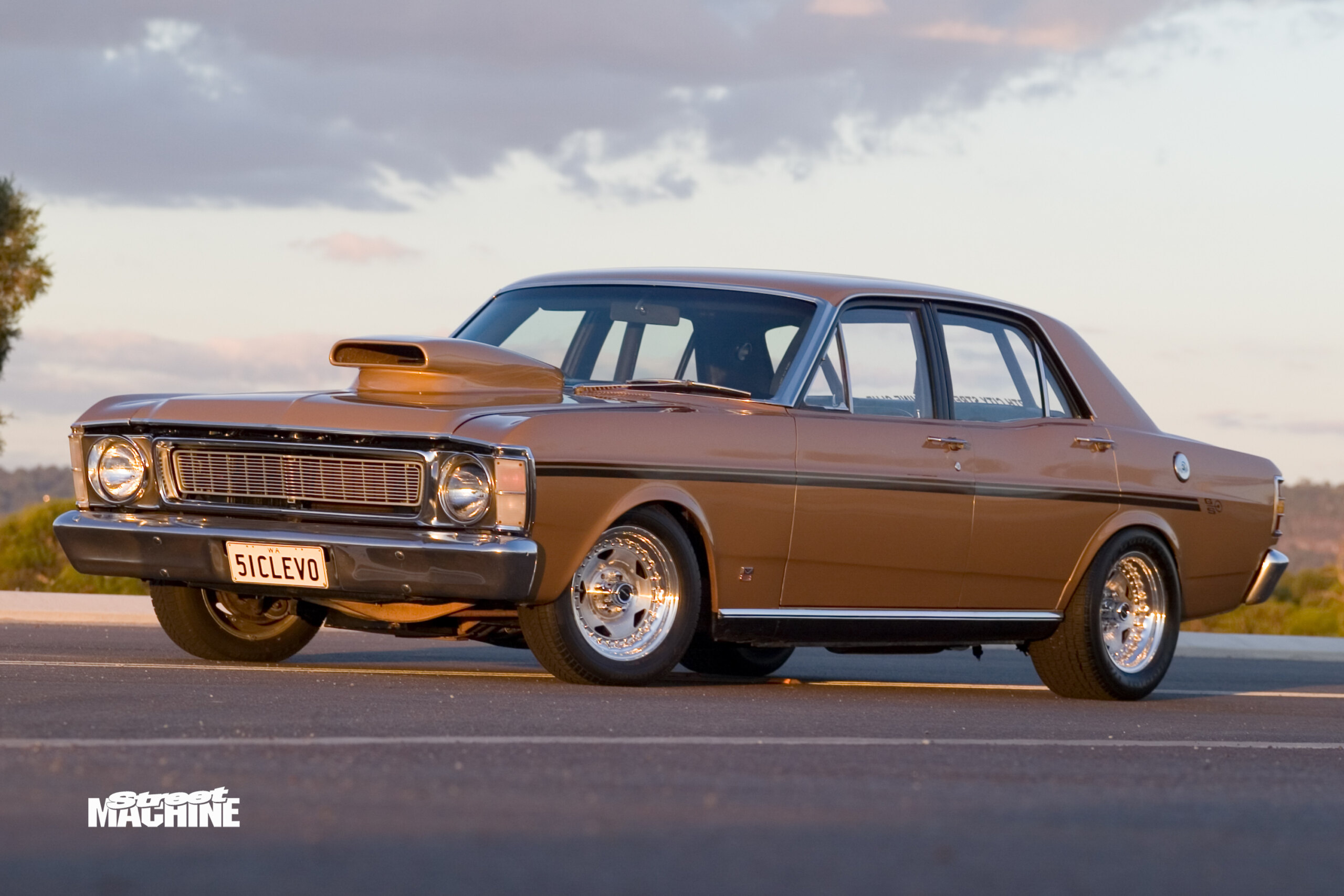
Peter originally ran the 460 big-block in a Super Street XD where he managed a best of 11.46 seconds over the quarter.
“It was geared a little differently, with a 4500rpm stall and 3.90 gears. However, the converter didn’t last too long and it only made 366hp at the wheels,” says Peter.




He has since installed a new converter and in the XW it’s pulled 423hp at the treads.
“The car now has 3.50 gears and I’m pretty confident it should still run a mid-11-second pass. Not bad for a big-block that’s pretty much stock other than a lumpy cam, some extra compression, a decent carby and exhaust!”
Not bad indeed, especially for a car that looks pretty stock – except of course for that monster scoop on the bonnet!


Pete purchased the car as a roller from a bloke called Andrew who had originally planned to use it solely for drag duties. The car had been advertised in the papers but once people found out it was located in Collie – a couple of hours south of Perth – they figured it was too far to go. Pete’s all the happier for that.
Andrew had made a fantastic job of the panel and paint, taking it back to bare metal and finishing it off in the factory Grecian Gold, complete with GS stripes and a really nice stock interior. The only real changes are the big hole in the bonnet, a handful of extra Auto Meter gauges inside and, of course, the six-point rollcage and four-point harness for the driver.
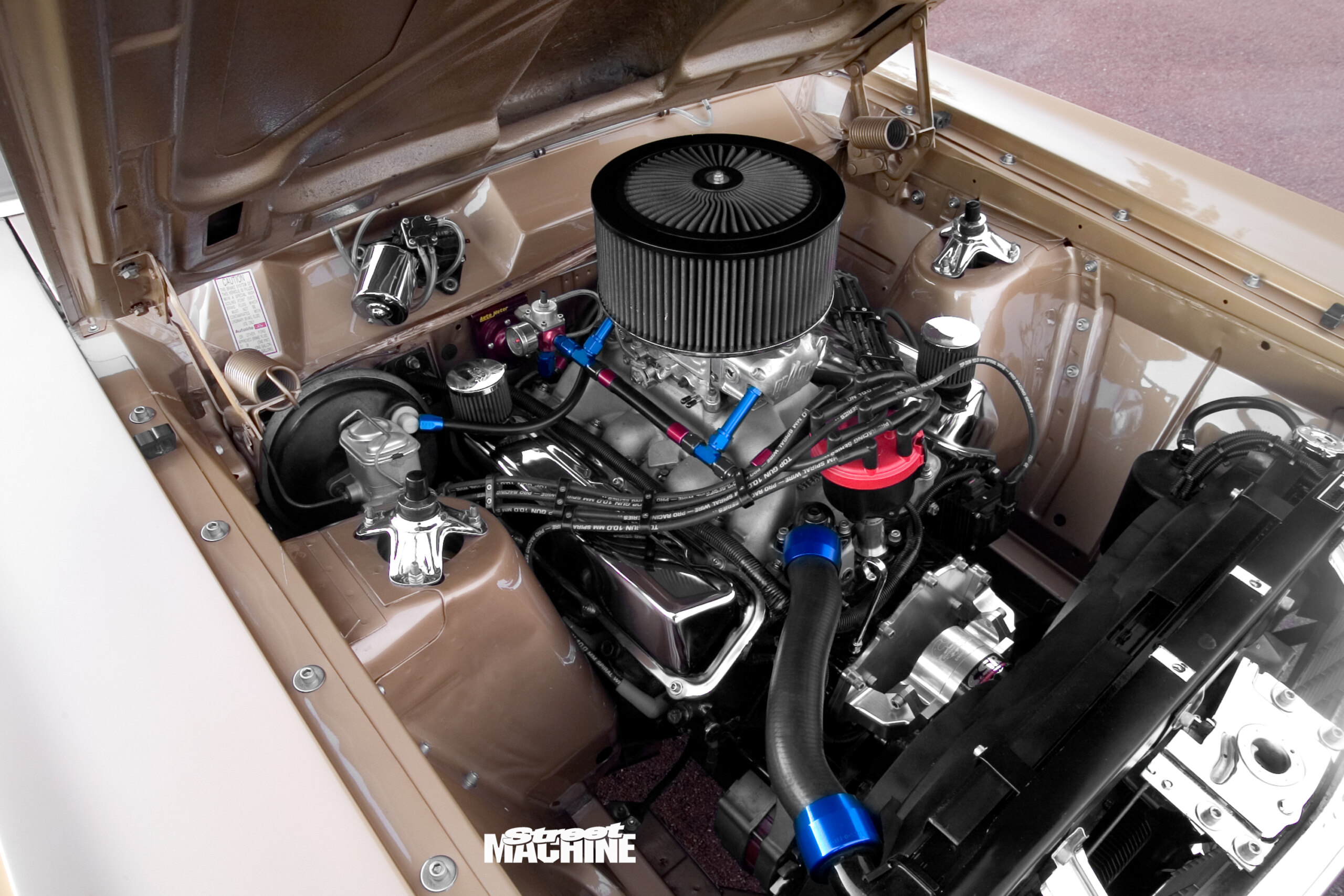

The radio was chucked and to make better use of the space it was replaced with a panel that has switches for the fuel pump, thermo fans and water pump. “I don’t need a radio,” Pete says. “I’ve got a big-block to listen to!
That scoop tends to draw a little too much attention from the constabulary, so the next thing on the to-do list is to squeeze everything back under the bonnet. Pete’s had the measuring stick out and he reckons it should fit if he changes to an Edelbrock Air-Gap intake, a drop-down air cleaner base and a thinner element. We’re pretty sure there’ll be a few surprised people in the other lane!

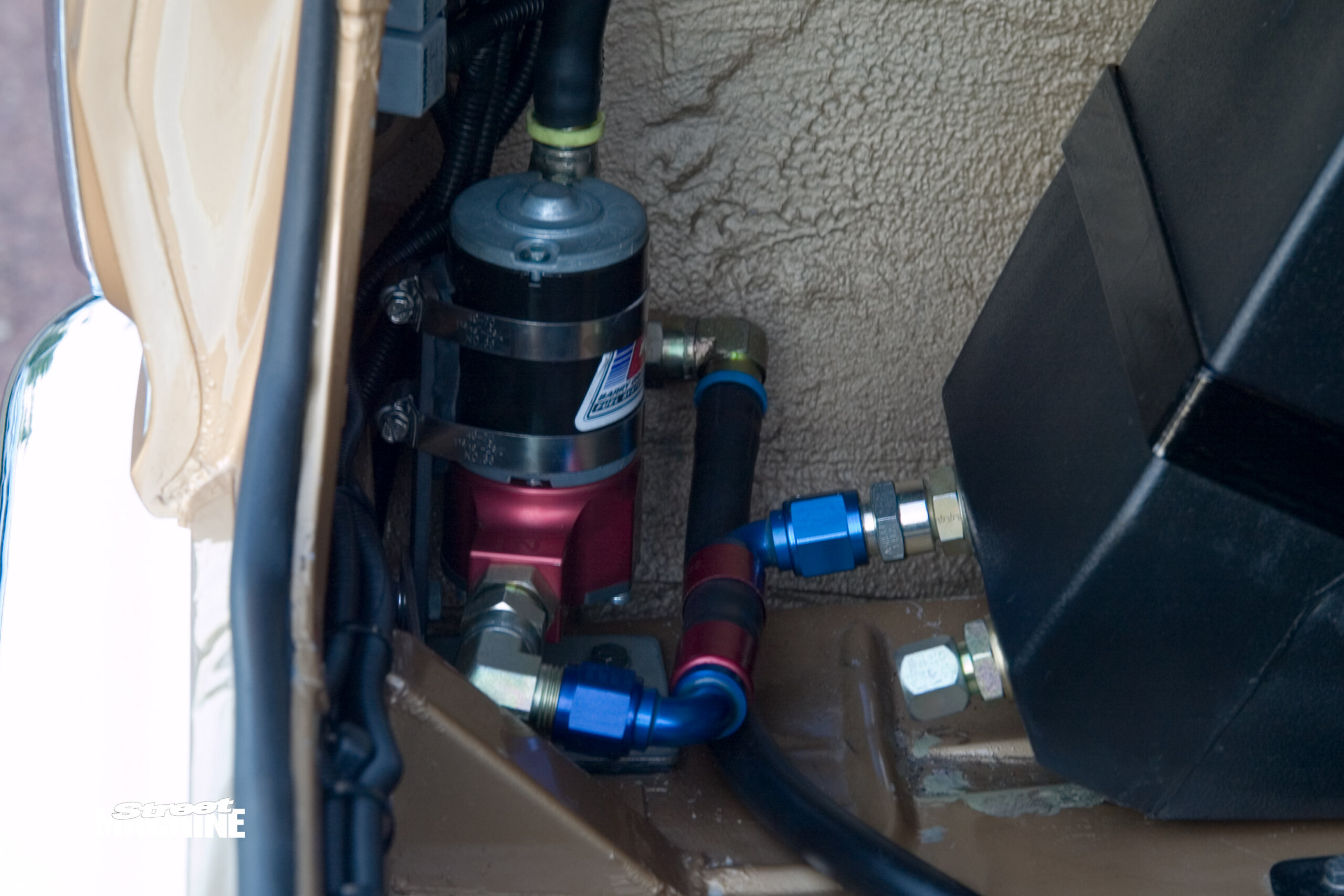
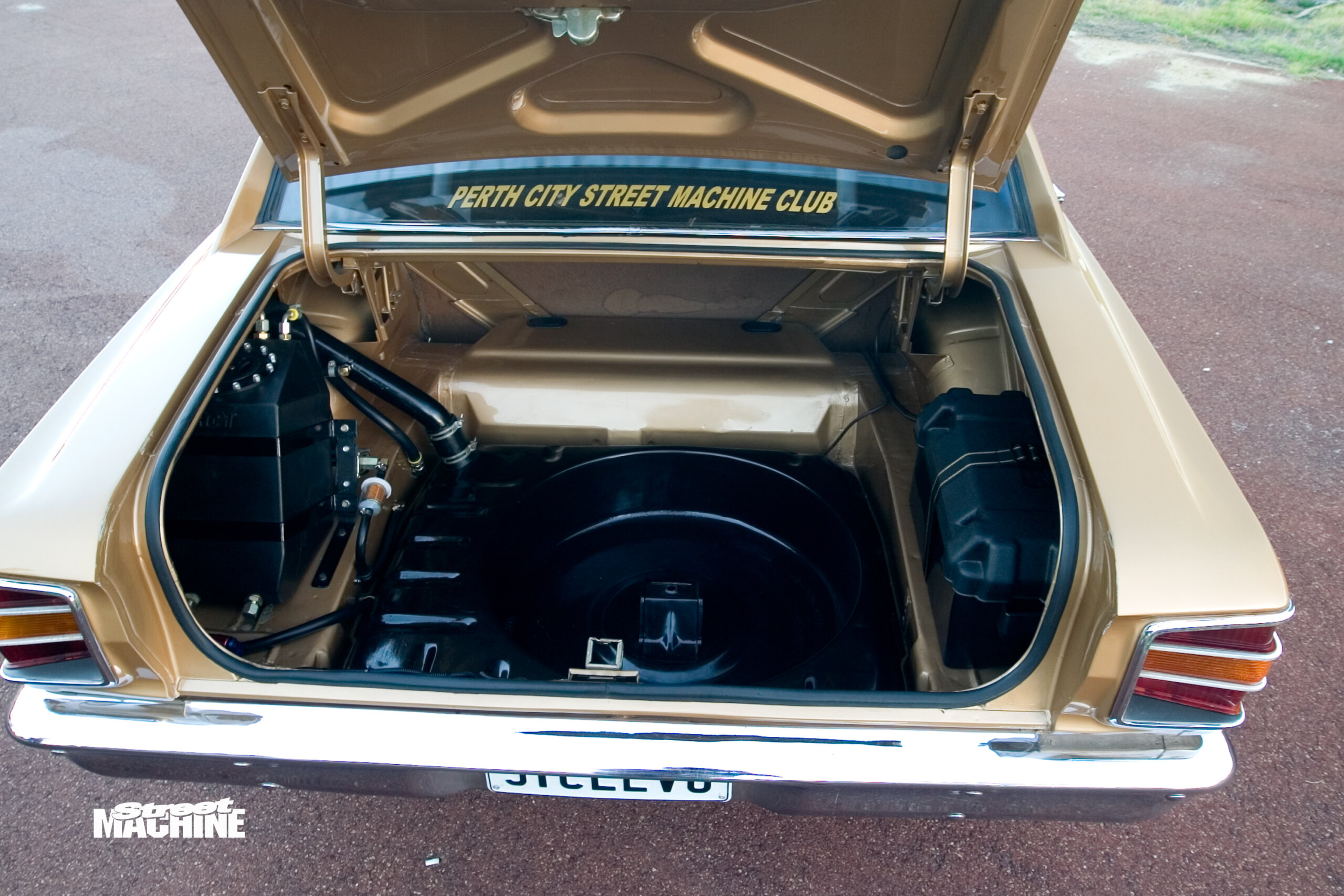
Pete reckons the big-block is nothing special but there’s still a lot of good stuff hanging off it to make sure everything holds together.
To feed the 60thou-over 460, Pete’s gone to a fair bit of trouble to make sure there’s plenty of high octane fuel delivered. A Facet pump feeds a four-gallon fuel cell from the original tank, which then sends the fuel to the 850 Mighty Demon carb via a half-inch -08 line. There’s also a diaphragm bypass that sends excess fuel back to the fuel cell via a -10 line.
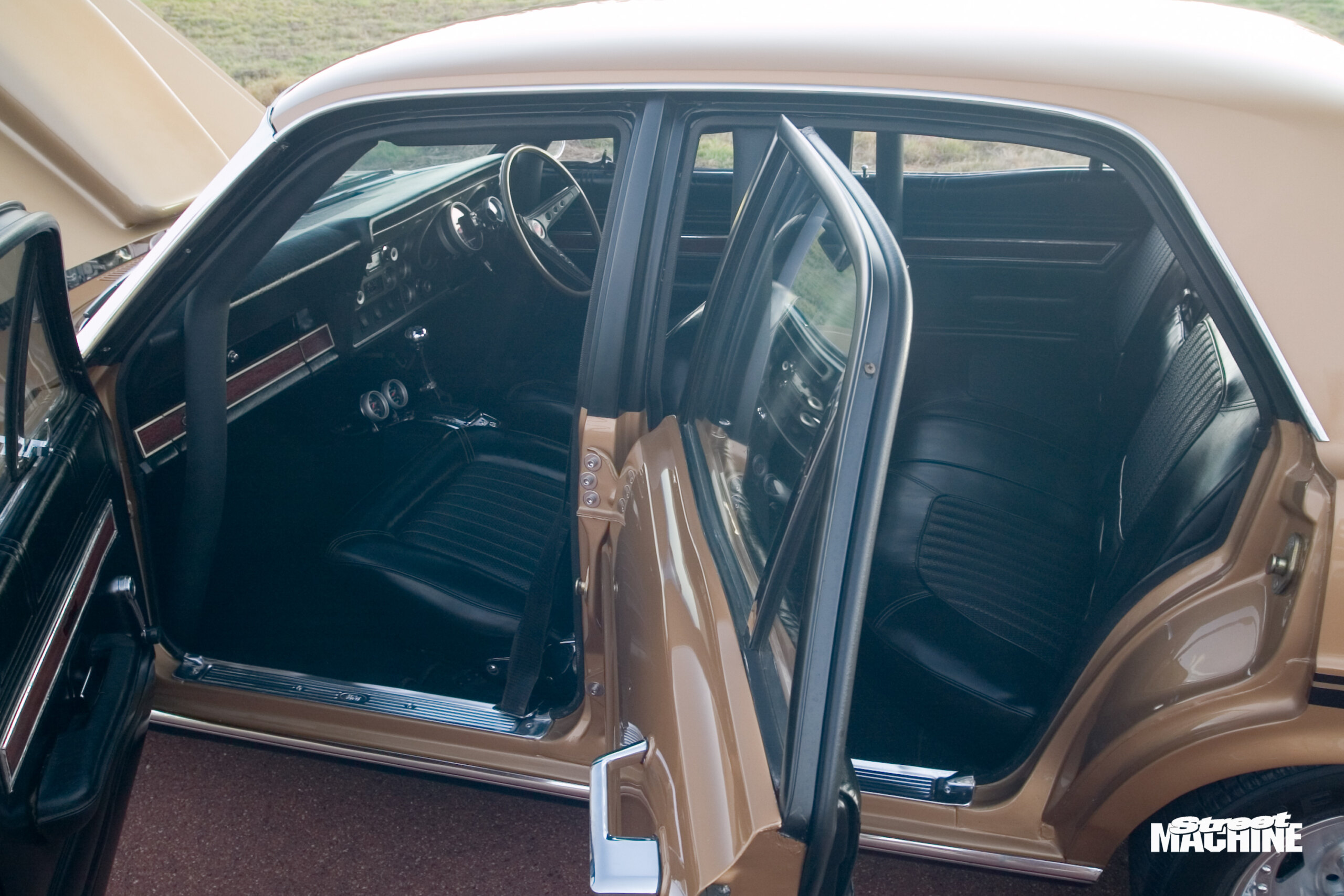
One of the main challenges Pete has faced has been fuel delivery: “The economy is crap; I just keep putting fuel in it.” But that’s not his main problem. “I keep burning out fuel pumps – four so far. I’m not sure if it’s my electrical skills or faulty gear but it’ll be sorted soon.”
The solution was to go with the biggest mechanical pump he could find, a Carter Competition Series unit that flows 172 gallons per hour! That should hopefully sort out any dramas and get him back on the street.
“Since the car’s been on the road I’ve only done about 250km, and 220 of those would have been on the All Ford Cruise a couple of years ago. Everywhere I go lately has been on the back of a truck, and it shits me to tears,” says Pete.

Although Pete’s modest about the engine specs, it’s definitely no old clunker. Thanks to the 60thou overbore, it now measures in at 472 cubes. The heads, even though they’re factory cast-iron, are Police Interceptor versions fitted with screw-in studs and 1.73:1 roller rockers. Intake is a ported Weiand Stealth manifold, the flat-top pistons help bump the compression up to 10.9:1, and the conrods are cast-iron Cobra Jet units – more Ford factory goodness.
And if you reckon big-blocks are low-revving torque monsters, Pete has something to say about that: “I’ve got the rev limiter set to 6500rpm otherwise it’ll spin to 7000 before you know it!”


The rest of the driveline is fairly stout as well. A C6 has been beefed up with a TCI manual valvebody running reversed shift pattern, and is joined to the obligatory nine-inch with a 3.5-inch tailshaft.
Finishing it off is a set of Convo Pros in fairly conservative sizes – 8.5 inches wide out back and six up front – but Pete’s just got himself a set of Pursuit rims that he’s going to stretch and narrow, and fit with slicks and front runners for the strip. The big ol’ girl should really hook up then!
460 INFO
The 385 engine family was Ford’s final big-block V8, replacing the MEL engine and gradually superseding the FE family. It was available in three sizes in production vehicles: 370ci (trucks only), 429ci and 460ci, but for those people who live by the ‘there’s no replacement for displacement’ motto, a 512ci crate engine was available from Ford SVO.

Usually found in trucks and large luxury cars in the 70s, the 385 series engine was also popular in motorhomes, as well as marine and industrial applications.
As with the FE line of engines, Ford offered Cobra Jet and Super Cobra Jet versions of the 429ci model. The Cobra Jet, rated at 370hp, was equipped with a Rochester Quadrajet carburettor, larger camshaft, 11.3:1 compression ratio and special cylinder heads. The Super Cobra Jet, rated at 375hp, had a four-bolt-main block, a Holley carb, and a larger mechanical camshaft. In 1971, the CJ engine also gained a four-bolt-main block.
However, these engines were underrated and produced power in the 440-460hp range – don’t you just love it when they do that? Many believe this was done to deceive insurance companies, so buyers didn’t have to pay higher insurance rates.

PETER FLINT
1969 XW GS FAIRMONT
| Paint: | Grecian Gold |
| CRANKIN’ | |
| Brand: | Ford big-block |
| Capacity: | 472cl (460 bored out 60thou) |
| Induction: | 850cfm Mighty Demon, ported Weland Stealth manifold |
| Heads: | Police Interceptor cast heads, screw-in studs |
| Camshaft: | Big |
| Pistons: | Hypereutectic flat tops |
| Valve springs: | Crane triple row |
| Valves: | Stainless steel |
| Fuel pump: | Carter Competition Series 172gph |
| Cooling: | XF Falcon six-cylinder radiator, EL Falcon twin-thermos, CSR polished water pump |
| Exhaust: | Custom 1.75in extractors into twin three-inch system back to mufflers, 2.5in tailpipes |
| Ignition: | MSD billet distributor, Crane Hi-6 ignition, Crane coil with 10mm leads |
| Power: | 423rwhp |
| SHIFTIN’ | |
| Gearbox: | Ford C6 with TCI manual valvebody, reversed shift pattern |
| Diff: | Nine-inch, 28-spline axles, 3.50:1 gears |
| Tailshaft: | 3.5in diameter |
| Converter: | Dominator 3500rpm stall |
| BOUNCIN’ | |
| Springs: | Lowered V8 King Springs (f), three-leaf springs (r) |
| Brakes: | Standard discs (f), standard drums (r) |
| LOUNGIN’ | |
| Steering wheel: | GS Fairmont |
| Rollcage: | Six-point, padded |
| Instruments: | Auto Meter tacho, fuel pressure, oil pressure and water temp |
| Shifter: | B&M Quiksilver |
| Seatbelts: | Four-point harness for driver |
| ROLLIN’ | |
| Tyres: | Nankang 185/65/15 (f), BFG Radial T/A 265/50/15 (r) |
| Wheels: | Como Pro 15×6 (f), 15×8.5 (r) |
THANKS
Wife Joanna and daughters Rebecca and Hayley for patience and understanding, brother Mark for help with the car and picking up parts from around town. Mates Ryan, Duan, Matt, Tom and Scott for all their help. Torry from Superoo Falcon Spares, Norm from Butler Built Exhausts, Stan from Allstreet Tyres, Andrew, the previous owner for the great work with panel and paint, interior and overall finish on the car.
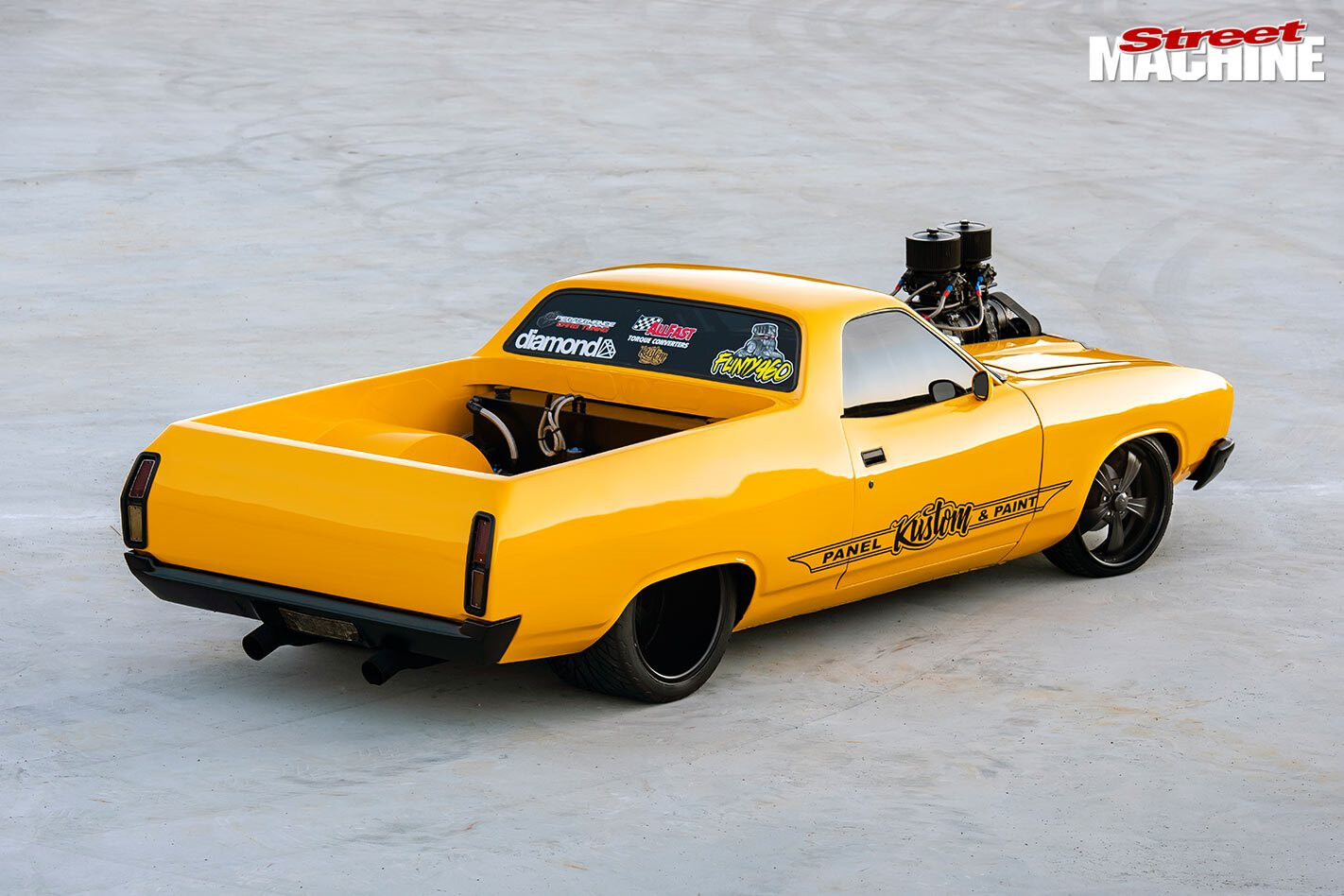

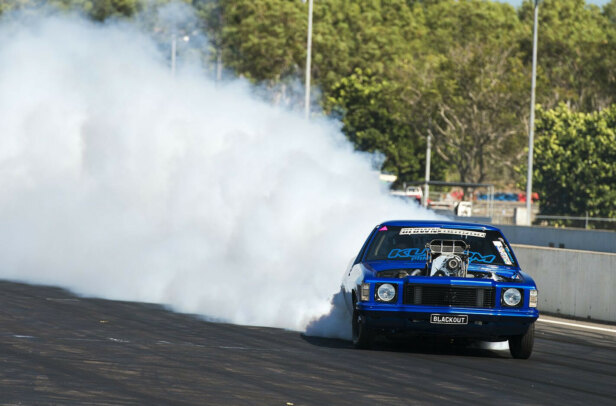
Comments